Jiahao Chen
MaskAttn-SDXL: Controllable Region-Level Text-To-Image Generation
Sep 18, 2025Abstract:Text-to-image diffusion models achieve impressive realism but often suffer from compositional failures on prompts with multiple objects, attributes, and spatial relations, resulting in cross-token interference where entities entangle, attributes mix across objects, and spatial cues are violated. To address these failures, we propose MaskAttn-SDXL,a region-level gating mechanism applied to the cross-attention logits of Stable Diffusion XL(SDXL)'s UNet. MaskAttn-SDXL learns a binary mask per layer, injecting it into each cross-attention logit map before softmax to sparsify token-to-latent interactions so that only semantically relevant connections remain active. The method requires no positional encodings, auxiliary tokens, or external region masks, and preserves the original inference path with negligible overhead. In practice, our model improves spatial compliance and attribute binding in multi-object prompts while preserving overall image quality and diversity. These findings demonstrate that logit-level maksed cross-attention is an data-efficient primitve for enforcing compositional control, and our method thus serves as a practical extension for spatial control in text-to-image generation.
SeqAffordSplat: Scene-level Sequential Affordance Reasoning on 3D Gaussian Splatting
Jul 31, 2025Abstract:3D affordance reasoning, the task of associating human instructions with the functional regions of 3D objects, is a critical capability for embodied agents. Current methods based on 3D Gaussian Splatting (3DGS) are fundamentally limited to single-object, single-step interactions, a paradigm that falls short of addressing the long-horizon, multi-object tasks required for complex real-world applications. To bridge this gap, we introduce the novel task of Sequential 3D Gaussian Affordance Reasoning and establish SeqAffordSplat, a large-scale benchmark featuring 1800+ scenes to support research on long-horizon affordance understanding in complex 3DGS environments. We then propose SeqSplatNet, an end-to-end framework that directly maps an instruction to a sequence of 3D affordance masks. SeqSplatNet employs a large language model that autoregressively generates text interleaved with special segmentation tokens, guiding a conditional decoder to produce the corresponding 3D mask. To handle complex scene geometry, we introduce a pre-training strategy, Conditional Geometric Reconstruction, where the model learns to reconstruct complete affordance region masks from known geometric observations, thereby building a robust geometric prior. Furthermore, to resolve semantic ambiguities, we design a feature injection mechanism that lifts rich semantic features from 2D Vision Foundation Models (VFM) and fuses them into the 3D decoder at multiple scales. Extensive experiments demonstrate that our method sets a new state-of-the-art on our challenging benchmark, effectively advancing affordance reasoning from single-step interactions to complex, sequential tasks at the scene level.
Kimi K2: Open Agentic Intelligence
Jul 28, 2025Abstract:We introduce Kimi K2, a Mixture-of-Experts (MoE) large language model with 32 billion activated parameters and 1 trillion total parameters. We propose the MuonClip optimizer, which improves upon Muon with a novel QK-clip technique to address training instability while enjoying the advanced token efficiency of Muon. Based on MuonClip, K2 was pre-trained on 15.5 trillion tokens with zero loss spike. During post-training, K2 undergoes a multi-stage post-training process, highlighted by a large-scale agentic data synthesis pipeline and a joint reinforcement learning (RL) stage, where the model improves its capabilities through interactions with real and synthetic environments. Kimi K2 achieves state-of-the-art performance among open-source non-thinking models, with strengths in agentic capabilities. Notably, K2 obtains 66.1 on Tau2-Bench, 76.5 on ACEBench (En), 65.8 on SWE-Bench Verified, and 47.3 on SWE-Bench Multilingual -- surpassing most open and closed-sourced baselines in non-thinking settings. It also exhibits strong capabilities in coding, mathematics, and reasoning tasks, with a score of 53.7 on LiveCodeBench v6, 49.5 on AIME 2025, 75.1 on GPQA-Diamond, and 27.1 on OJBench, all without extended thinking. These results position Kimi K2 as one of the most capable open-source large language models to date, particularly in software engineering and agentic tasks. We release our base and post-trained model checkpoints to facilitate future research and applications of agentic intelligence.
The Singapore Consensus on Global AI Safety Research Priorities
Jun 25, 2025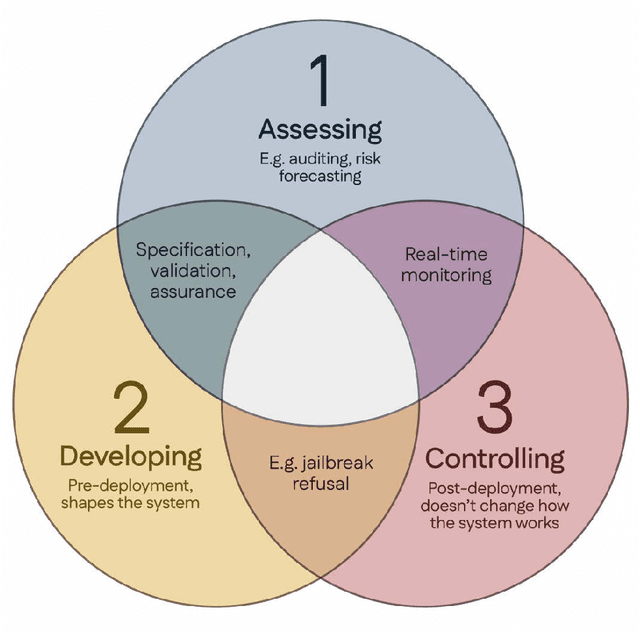
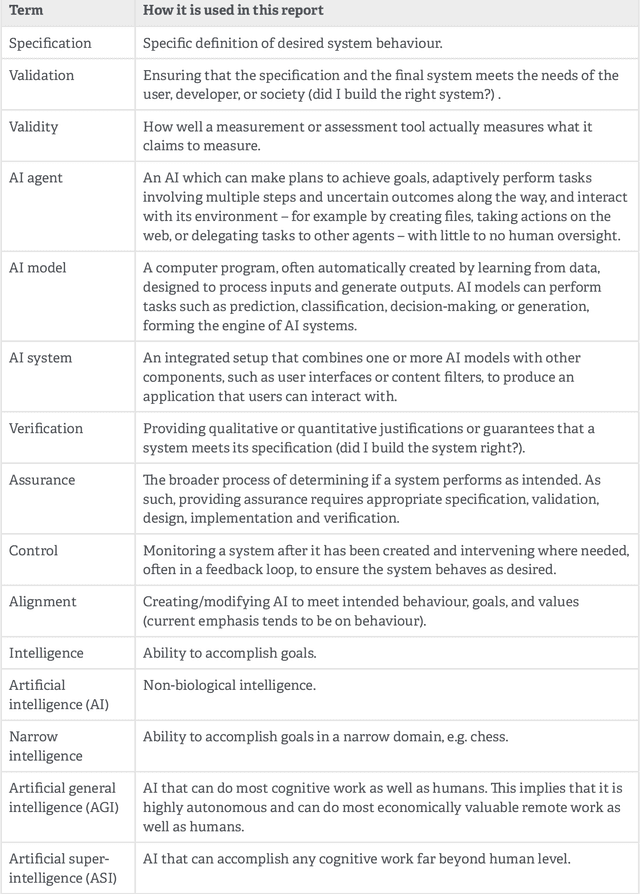
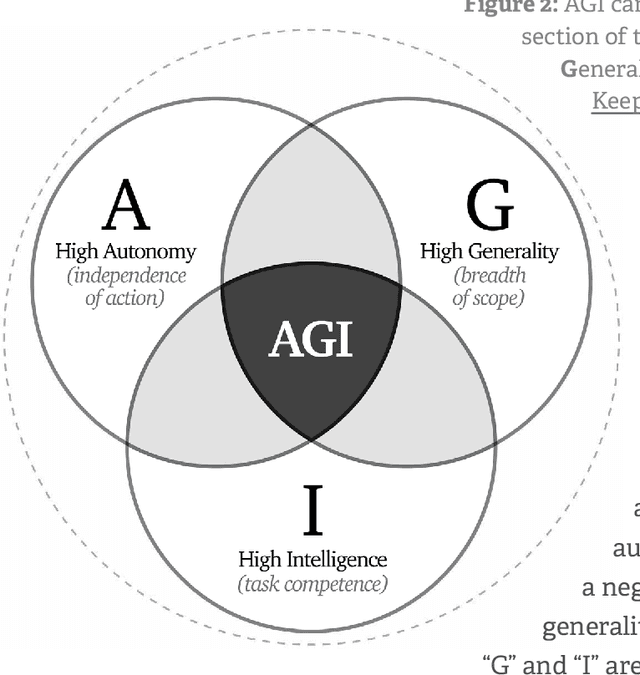
Abstract:Rapidly improving AI capabilities and autonomy hold significant promise of transformation, but are also driving vigorous debate on how to ensure that AI is safe, i.e., trustworthy, reliable, and secure. Building a trusted ecosystem is therefore essential -- it helps people embrace AI with confidence and gives maximal space for innovation while avoiding backlash. The "2025 Singapore Conference on AI (SCAI): International Scientific Exchange on AI Safety" aimed to support research in this space by bringing together AI scientists across geographies to identify and synthesise research priorities in AI safety. This resulting report builds on the International AI Safety Report chaired by Yoshua Bengio and backed by 33 governments. By adopting a defence-in-depth model, this report organises AI safety research domains into three types: challenges with creating trustworthy AI systems (Development), challenges with evaluating their risks (Assessment), and challenges with monitoring and intervening after deployment (Control).
Poison in the Well: Feature Embedding Disruption in Backdoor Attacks
May 26, 2025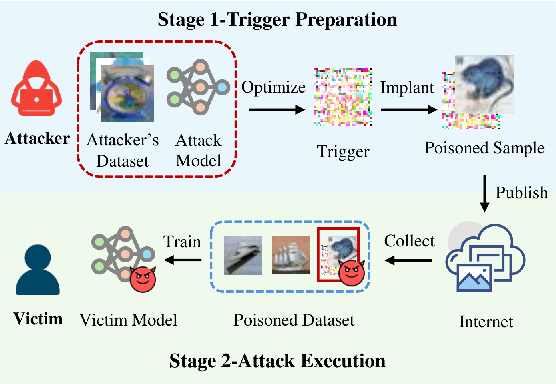
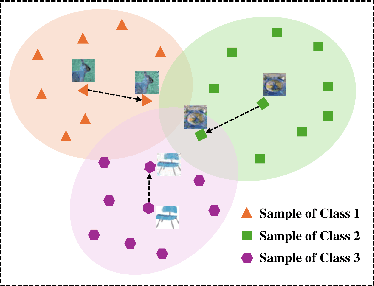
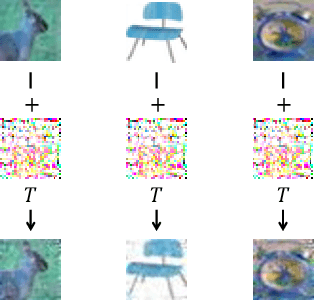

Abstract:Backdoor attacks embed malicious triggers into training data, enabling attackers to manipulate neural network behavior during inference while maintaining high accuracy on benign inputs. However, existing backdoor attacks face limitations manifesting in excessive reliance on training data, poor stealth, and instability, which hinder their effectiveness in real-world applications. Therefore, this paper introduces ShadowPrint, a versatile backdoor attack that targets feature embeddings within neural networks to achieve high ASRs and stealthiness. Unlike traditional approaches, ShadowPrint reduces reliance on training data access and operates effectively with exceedingly low poison rates (as low as 0.01%). It leverages a clustering-based optimization strategy to align feature embeddings, ensuring robust performance across diverse scenarios while maintaining stability and stealth. Extensive evaluations demonstrate that ShadowPrint achieves superior ASR (up to 100%), steady CA (with decay no more than 1% in most cases), and low DDR (averaging below 5%) across both clean-label and dirty-label settings, and with poison rates ranging from as low as 0.01% to 0.05%, setting a new standard for backdoor attack capabilities and emphasizing the need for advanced defense strategies focused on feature space manipulations.
ExFace: Expressive Facial Control for Humanoid Robots with Diffusion Transformers and Bootstrap Training
Apr 20, 2025



Abstract:This paper presents a novel Expressive Facial Control (ExFace) method based on Diffusion Transformers, which achieves precise mapping from human facial blendshapes to bionic robot motor control. By incorporating an innovative model bootstrap training strategy, our approach not only generates high-quality facial expressions but also significantly improves accuracy and smoothness. Experimental results demonstrate that the proposed method outperforms previous methods in terms of accuracy, frame per second (FPS), and response time. Furthermore, we develop the ExFace dataset driven by human facial data. ExFace shows excellent real-time performance and natural expression rendering in applications such as robot performances and human-robot interactions, offering a new solution for bionic robot interaction.
Parasite: A Steganography-based Backdoor Attack Framework for Diffusion Models
Apr 08, 2025



Abstract:Recently, the diffusion model has gained significant attention as one of the most successful image generation models, which can generate high-quality images by iteratively sampling noise. However, recent studies have shown that diffusion models are vulnerable to backdoor attacks, allowing attackers to enter input data containing triggers to activate the backdoor and generate their desired output. Existing backdoor attack methods primarily focused on target noise-to-image and text-to-image tasks, with limited work on backdoor attacks in image-to-image tasks. Furthermore, traditional backdoor attacks often rely on a single, conspicuous trigger to generate a fixed target image, lacking concealability and flexibility. To address these limitations, we propose a novel backdoor attack method called "Parasite" for image-to-image tasks in diffusion models, which not only is the first to leverage steganography for triggers hiding, but also allows attackers to embed the target content as a backdoor trigger to achieve a more flexible attack. "Parasite" as a novel attack method effectively bypasses existing detection frameworks to execute backdoor attacks. In our experiments, "Parasite" achieved a 0 percent backdoor detection rate against the mainstream defense frameworks. In addition, in the ablation study, we discuss the influence of different hiding coefficients on the attack results. You can find our code at https://anonymous.4open.science/r/Parasite-1715/.
EgoSplat: Open-Vocabulary Egocentric Scene Understanding with Language Embedded 3D Gaussian Splatting
Mar 14, 2025
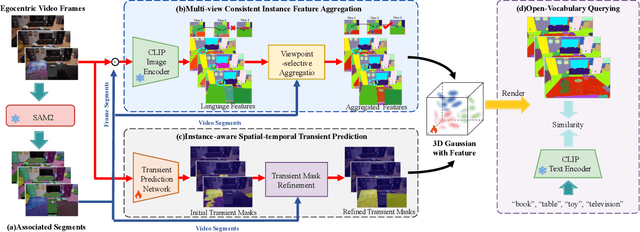

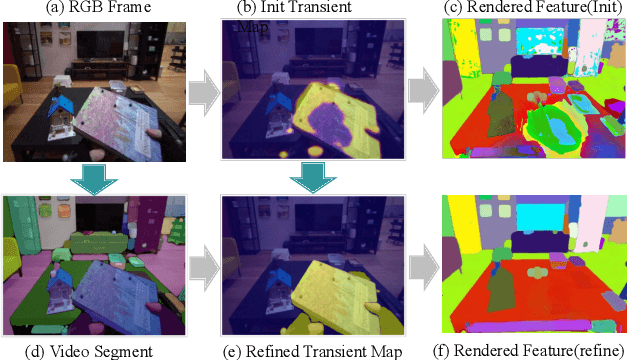
Abstract:Egocentric scenes exhibit frequent occlusions, varied viewpoints, and dynamic interactions compared to typical scene understanding tasks. Occlusions and varied viewpoints can lead to multi-view semantic inconsistencies, while dynamic objects may act as transient distractors, introducing artifacts into semantic feature modeling. To address these challenges, we propose EgoSplat, a language-embedded 3D Gaussian Splatting framework for open-vocabulary egocentric scene understanding. A multi-view consistent instance feature aggregation method is designed to leverage the segmentation and tracking capabilities of SAM2 to selectively aggregate complementary features across views for each instance, ensuring precise semantic representation of scenes. Additionally, an instance-aware spatial-temporal transient prediction module is constructed to improve spatial integrity and temporal continuity in predictions by incorporating spatial-temporal associations across multi-view instances, effectively reducing artifacts in the semantic reconstruction of egocentric scenes. EgoSplat achieves state-of-the-art performance in both localization and segmentation tasks on two datasets, outperforming existing methods with a 8.2% improvement in localization accuracy and a 3.7% improvement in segmentation mIoU on the ADT dataset, and setting a new benchmark in open-vocabulary egocentric scene understanding. The code will be made publicly available.
Gungnir: Exploiting Stylistic Features in Images for Backdoor Attacks on Diffusion Models
Feb 28, 2025Abstract:In recent years, Diffusion Models (DMs) have demonstrated significant advances in the field of image generation. However, according to current research, DMs are vulnerable to backdoor attacks, which allow attackers to control the model's output by inputting data containing covert triggers, such as a specific patch or phrase. Existing defense strategies are well equipped to thwart such attacks through backdoor detection and trigger inversion because previous attack methods are constrained by limited input spaces and triggers defined by low-dimensional features. To bridge these gaps, we propose Gungnir, a novel method that enables attackers to activate the backdoor in DMs through hidden style triggers within input images. Our approach proposes using stylistic features as triggers for the first time and implements backdoor attacks successfully in image2image tasks by utilizing Reconstructing-Adversarial Noise (RAN) and Short-Term-Timesteps-Retention (STTR) of DMs. Meanwhile, experiments demonstrate that our method can easily bypass existing defense methods. Among existing DM main backdoor defense frameworks, our approach achieves a 0\% backdoor detection rate (BDR). Our codes are available at https://github.com/paoche11/Gungnir.
Think on your feet: Seamless Transition between Human-like Locomotion in Response to Changing Commands
Feb 26, 2025



Abstract:While it is relatively easier to train humanoid robots to mimic specific locomotion skills, it is more challenging to learn from various motions and adhere to continuously changing commands. These robots must accurately track motion instructions, seamlessly transition between a variety of movements, and master intermediate motions not present in their reference data. In this work, we propose a novel approach that integrates human-like motion transfer with precise velocity tracking by a series of improvements to classical imitation learning. To enhance generalization, we employ the Wasserstein divergence criterion (WGAN-div). Furthermore, a Hybrid Internal Model provides structured estimates of hidden states and velocity to enhance mobile stability and environment adaptability, while a curiosity bonus fosters exploration. Our comprehensive method promises highly human-like locomotion that adapts to varying velocity requirements, direct generalization to unseen motions and multitasking, as well as zero-shot transfer to the simulator and the real world across different terrains. These advancements are validated through simulations across various robot models and extensive real-world experiments.
 Add to Chrome
Add to Chrome Add to Firefox
Add to Firefox Add to Edge
Add to Edge